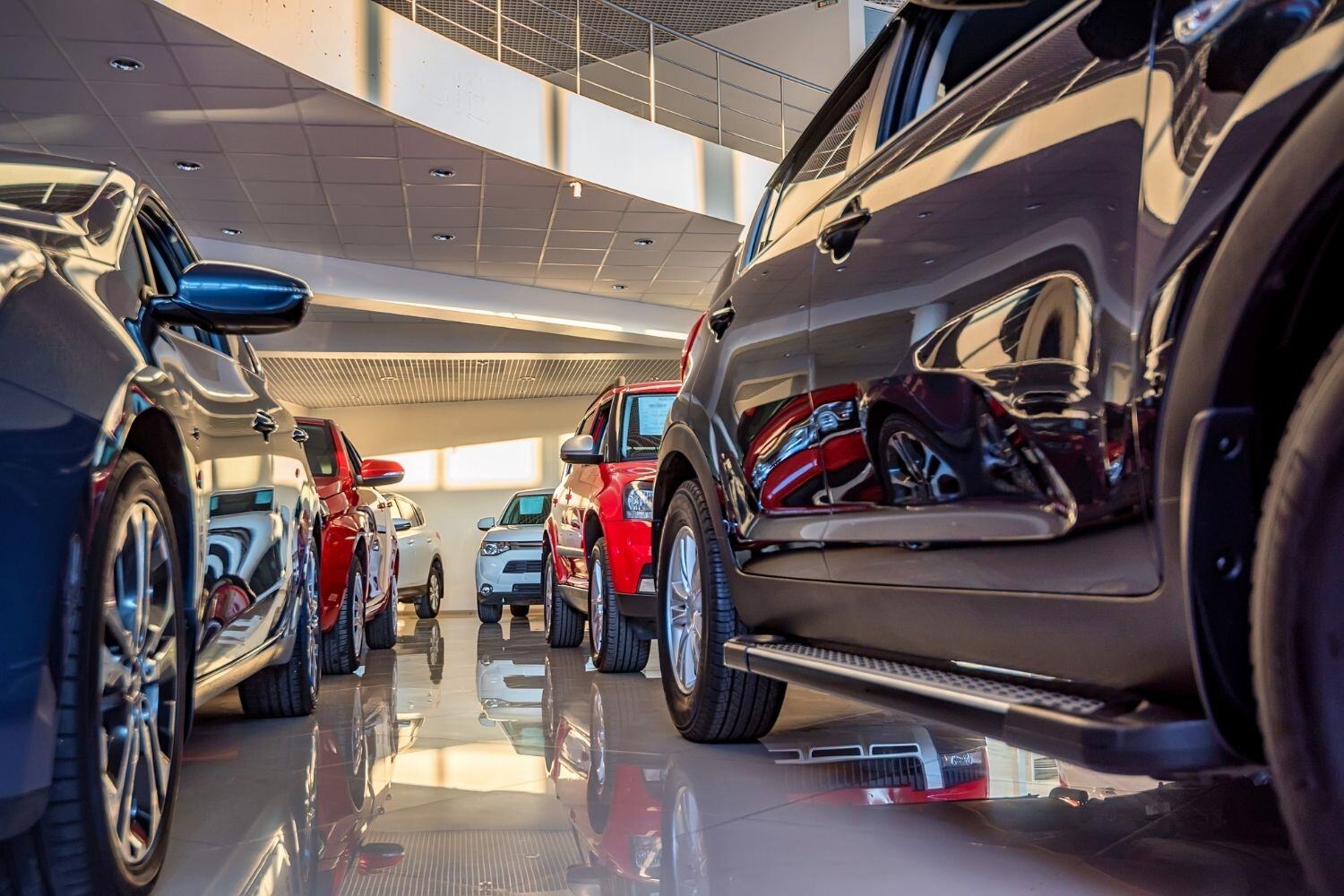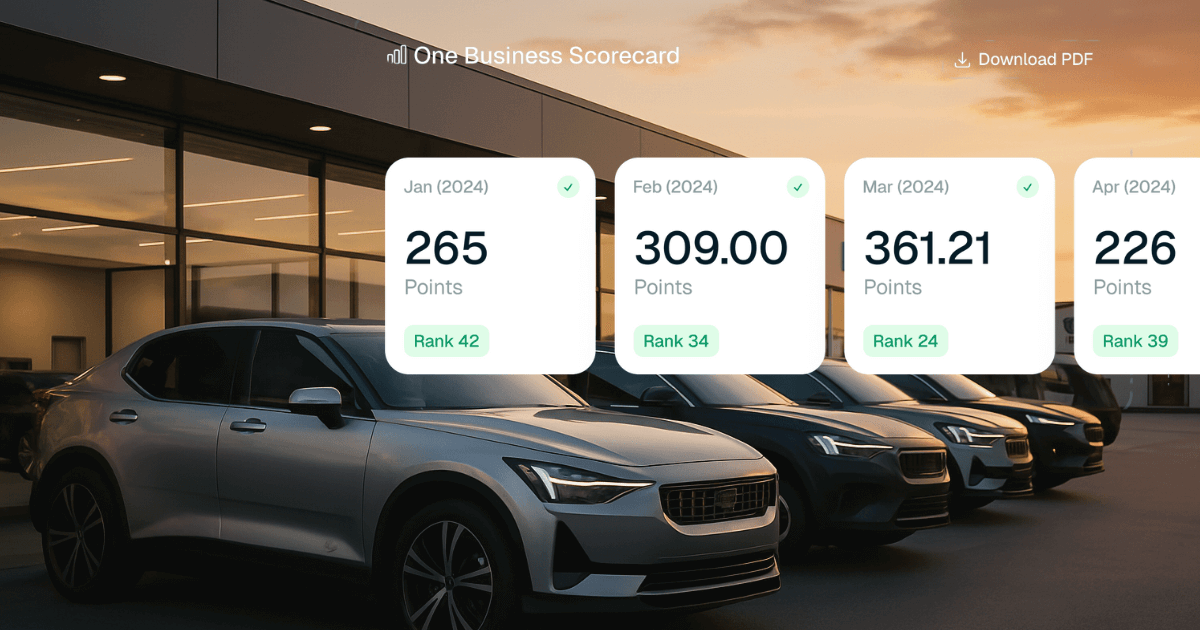Future Automotive Retail Industry Trends: Looking beyond 2021
What will tomorrow’s automotive retail industry look like?
The in-person nature of automotive retail has always been its pulling power, with the gift of the gab and the joy of a test drive melting even the coolest of consumers. Even as online car sales have (admittedly, slowly) crept up the public consciousness, we’ve always preferred to judge these high-tag items on a seen-it, loved-it basis.
Covid-19 and the pandemic lifestyle changed this, preventing the traditional bricks and mortar business model in place of an online shift that, for the most part, the automotive industry wasn’t ready for. Luckily, the industry is still proving its resilience, with year-over-year growth in new vehicle sales, evident once more across China, Europe, and the US. But, many car dealerships are finding that the path back to sales isn’t as straightforward as they would like, and even a temporary shift towards online-only sales has disrupted automotive best practices for good.
A modern, action-oriented approach to Business Intelligence, that goes beyond just analytics, is the best chance dealers have of meeting this shift head-on, improving understanding of new customer expectations and even making in-person strengths transferable. First, though, it’s vital to consider what exactly the industry’s ‘real new normal’ looks like, and what that means for the future of automotive retail.
Further reading: If you’re interested in understanding a little more about the automotive retail industry beyond 2021, check out our free eBook — How automotive retail can consolidate and grow beyond 2021
Trend 1: Creating the digital salesperson
With over 30% of last year’s new car sales completed online, this has, in many ways, been the automotive industry’s saving grace. With online-only car dealerships continuing to sprout, it’s also plain that this trend is set to stay. Traditional dealerships hoping to thrive need to consider how they’re going to implement their online-only capabilities, alongside (and also be inspired by) the in-person efforts that are soon set to relaunch.
The challenge:
Online sales provide undeniable ease, and an increasing number of consumers had a first-hand taste of this during lockdown. That said, dealerships can’t simply do away with in-person sales and assume the sky is their limit. As well as limiting customer experiences and making comparisons to other cars practically impossible, it also risks damage to quality ceilings for sales teams, such as bonuses and personal attribution.
Rather, capturing the current revived interest in personal vehicle ownership is entirely dependent on the ability to create the high-quality, omnichannel flexibility that consumers now expect. What’s more, with online-only dealerships and even personal sellers upping the game, dealerships need to consider how they can fuel quality on both sides of the sales divide, keeping their consumers and dealers happy.
The solution:
In large part, hybrid auto retailing is a solution in itself, with one side of the coin shaping the other. Specifically, the ability to delineate profitable and redundant sales processes from in-person sales can help you both understand customer needs better and transfer your most fruitful in-person efforts to your online approach. As an example, consider the power of the test drive. This is a sales benefit that speaks for itself, and it’s likely a missing piece of your online puzzle. By understanding this, you can address the problem directly, replacing this in-person benefit with online-specific solutions. Tech is key to the future of automotive retail, for example, you could deploy at-home car viewings using video, or even advanced offerings such as 3D point-cloud surveying tech.
The right approach to action-oriented data analytics is a critical part of the solution. Centralised access to simple dashboards provide fuel to the hybrid fire, making it possible to determine what is working in-person, and how exactly that can translate to online-sales. Utilisation of modern BI action-oriented dashboards can even highlight which members of your team are driving that change for continued accountability with the help of assignable KPIs and more. This means that you can more easily perpetuate the same motivational reward systems that famously drive in-person sales too!
Further reading: For more information on how to build a centralised KPI dashboard that drives your business goals and overall success, check out our blog — How to Build a Real-time KPI Dashboard
Trend 2: Physical consolidation and digital expansion
Change always provides opportunity, but you can’t make an omelette without breaking a few eggs. As we’ll discuss later, informed changes mean this damage should be so minimal as to be non-existent yet effective, but as online sales soar, dealerships need to think about where to power their processes and where to cut their losses to ensure only tailored, lucrative outlets.
The challenge:
Remember, you’re breaking eggs, not cutting your losses. Unfortunately data across an omnichannel landscape can be slippery. Hybrid sales-models, especially, make success tricky to track as traditional attributes have been sidelined the past year in the space of a range of lead-creating techniques, including social media campaigns, online content, and even reviews. To overcome this, it’s vital to put your car buying process under a microscope and work out what’s working and what needs to go.
The solution:
Given that an influx of data from a range of sources is the problem, intelligent data analysis, and actionable insights off the back of that, are the only possible solution. Action-oriented, BI-backed tools, in particular, ensure that even in a complex working landscape you’re easily able to —
- Identify business objectives
- Align & consolidate KPIs
- Track and cross-reference progress
- Create a holistic understanding of your enterprise
This last point, in particular, ensures a far better understanding of where existing and potential success lies — a knowledge that enables you to consolidate while continuing to grow profit margins at every turn.
Further reading: If you’re interested in what makes insights actionable, check out our blog — Actionable Insights: KPIs and outcome-oriented business planning
Trend 3: New technology and new streams of revenue
Online sales are the big hitter, but other aspects of the automotive industry, and also consumer expectations, haven’t simply stood still this year. If anything, this time for reflection has increased consumer expectations, especially with regards to things like eco-conscious focuses, including public transport and on-demand ride services like shared mobility.
The challenge:
These changes to the status quo go hand-in-hand with a growing expectation for dealerships to offer and be well versed in the latest car tech, including —
- Battery-electric vehicles (BEVs)
- Self-driving cars (autonomous)
- Ultra-low emission vehicles (ULEVs)
Unfortunately, the industry has largely moved forwards without dealerships, and knowledge gaps are inevitable. This can seem like one ball too many for those already attempting to juggle an in person and online approach. But, knowledge is essential to ensure that these trends, and the money you spend on them, see you soaring into the future of automotive success despite this enforced break.
Further reading: For some prescriptive advice on how to make your automotive business effective, even remotely, check out our blog — 3 Effective Remote Working Strategies for the Automotive Industry
The solution
Many of these trends pose some threat to dealerships who fail to keep up but, with consumer knowledge gaps also evident right now, there is an opportunity for experienced, innovative dealerships to step forward and show them the ropes. To make that possible, staff need to be ahead of this curve — modern BI tools that can quickly reassess the consumer personas are the best way to do that.
After all, once you have data to prove what customers want, you’re armed with everything you need to both create KPIs that put you back in the driver’s seat, and tailor discounts or offerings that see customers continuing to choose you. This is crucial at a time when reductions in face-to-face meetings make quality ever-harder to come by. In fact, by pairing customer knowledge with the approach to digital sales discussed above, could see you not only standing above the crowd but also flourishing and continuing to offer value in this new market.
Knowledge is key to unlocking the future of automotive sales
Digital sales, consolidated services, and technology have all been taking their place at the forefront of the automotive future for a fair few years but, while dealerships might have had five or even ten years to expand their offerings in these areas without the pandemic, that catch up period has been dramatically shortened this past year.
Luckily, while things are undeniably changing at a frightening pace, we certainly aren’t at the end of in-person sales just yet. However, this past year’s trajectory has highlighted the fact that the future of automotive retail is upon us, and in-person sales aren’t the only cog in that machine.
By putting business back in focus despite these continual shifts, a reliable, easy-to-access business performance management platform like Loop’s is the best way to weather this inevitable storm. Through their action-oriented BI tool, you can implement the intelligence you need alongside business performance management that ensures you can perfect your processes while improving and growing alongside these ‘real new normal’ industry trends.






